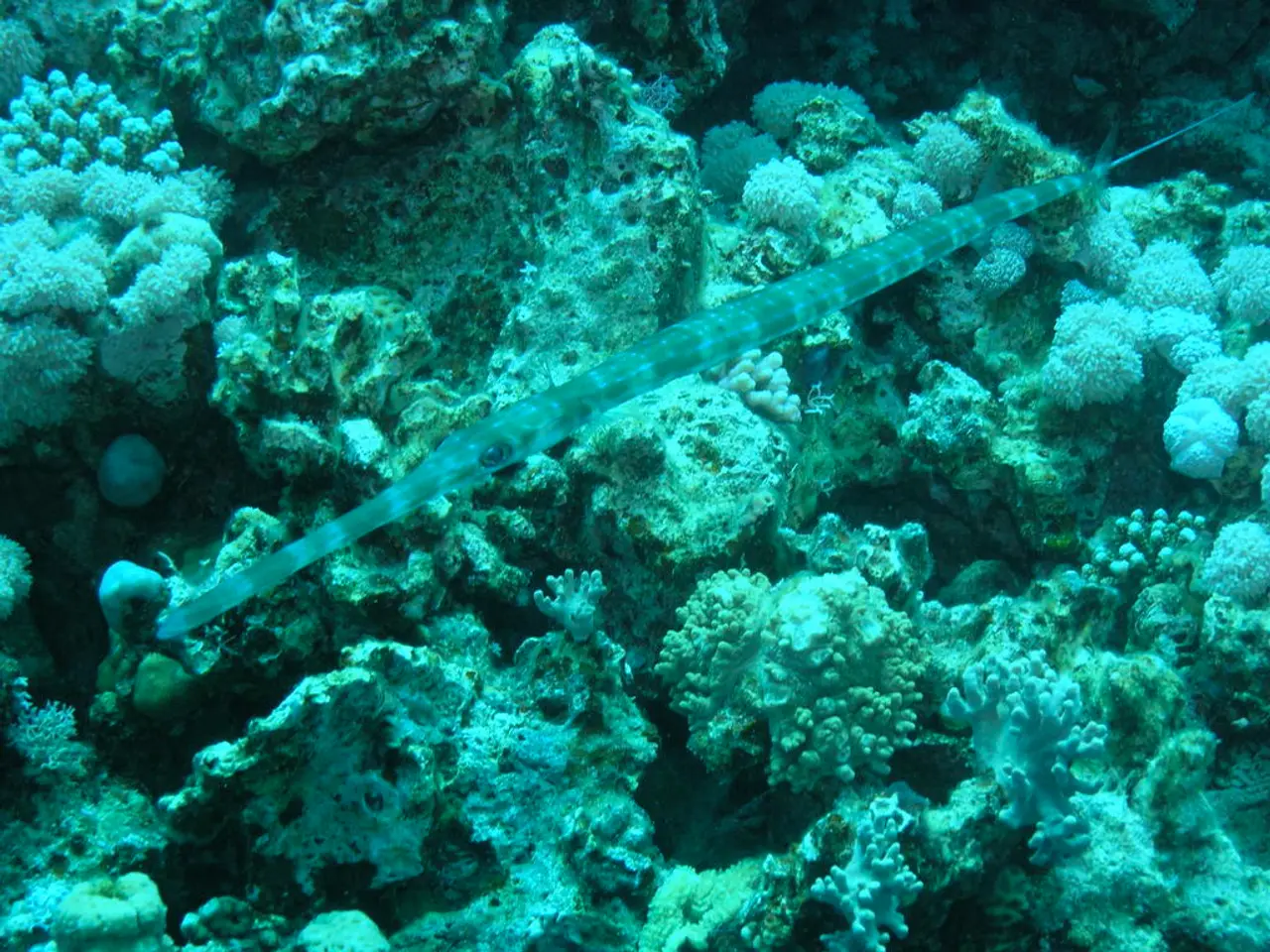Survival Strategies of Animals in Harsh and Severe Conditions
In the world's most challenging environments, animals have developed remarkable adaptations to ensure their survival. From the frigid Arctic and Antarctic to the scorching Sahara Desert, these adaptations contribute to the diversity and complexity of ecosystems worldwide.
One such example is the bar-headed goose (Anser indicus), which lives at high mountain altitudes. This bird has a special adaptation to severe oxygen deficiency, enabling it to fly over the Himalayas with a highly efficient respiratory system. During migration, it often travels in energy-conserving V-formations, a strategy that reduces wind resistance and conserves energy.
Emperor penguins, on the other hand, huddle together in large groups to share body heat, reducing individual heat loss to the frigid environment. This behaviour is crucial for survival in the Antarctic, where temperatures can drop below -50°C.
Deep-sea creatures have evolved unique adaptations as well. Some, like the anglerfish, use bioluminescence to attract prey when food resources are scarce. This phenomenon, where creatures produce light through chemical reactions, is a fascinating adaptation that allows these organisms to survive in the dark depths of the ocean.
In the desert, animals have adapted to cope with extreme heat and scarce water resources. The fennec fox, for instance, has large ears that dissipate heat, aiding in coping with soaring temperatures in the Sahara Desert. The addax antelope can endure months without water by extracting moisture from the plants it eats, while the thorny devil lizard collects water on its skin, allowing it to drink by licking moisture off its body.
Many desert animals have also evolved nocturnality, becoming active primarily during cooler night hours to avoid daytime heat. This is the case for the kangaroo rat, which obtains moisture from the seeds it consumes, reducing its reliance on direct water sources.
Camels, too, have adapted to high temperatures. They can withstand high temperatures by increasing their body temperature to prevent sweating and water loss. Yaks, on the other hand, have dense fur for insulation against cold and graze on sparse, high-altitude vegetation.
Musk oxen, living in the Arctic, form protective circles around their young, creating a barrier against icy winds while benefiting from shared warmth. This behaviour is a prime example of how animals adapt to extreme conditions for the benefit of their young.
As environmental conditions continue to evolve, studying animal behavioural adaptations becomes increasingly important for conservation efforts. These adaptations not only ensure survival but also serve various purposes such as communication, predation, and camouflage. Understanding these adaptations can help us protect these remarkable creatures and their habitats for future generations.
In conclusion, the resilience and ingenuity of animal life in extreme environments is a testament to the diversity and complexity of life on Earth. By studying these adaptations, we not only enhance our understanding of biology but also highlight the importance of conservation efforts.
Read also:
- Peptide YY (PYY): Exploring its Role in Appetite Suppression, Intestinal Health, and Cognitive Links
- Toddler Health: Rotavirus Signs, Origins, and Potential Complications
- Digestive issues and heart discomfort: Root causes and associated health conditions
- House Infernos: Deadly Hazards Surpassing the Flames








